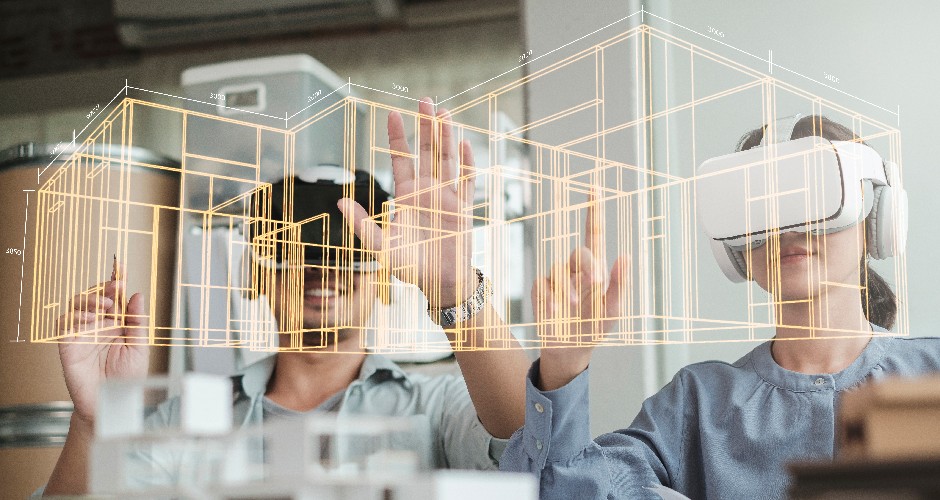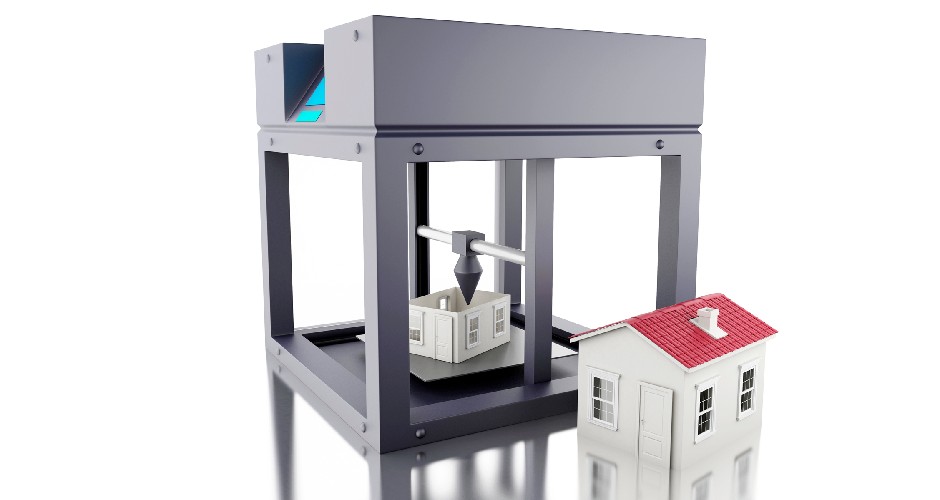More technology, less work accidents in construction

Construction work has always been characterized as rough and, mostly dangerous. This leads to a very high index of work accidents, even in terms of accident rates, in comparison with other sectors.
According to the latest data from the Ministry of Employment, construction is positioned as the sector of activity with the highest rate of occupational incidents. In 2020, 5,804 incidents per 100,000 workers were recorded. This translates into more than double the average for the same year in the rest of the sectors, which was 2,455 per 100,000 workers. The director of the Industrial Safety department of the National Center for New Technologies, Fernando Sanz, points out that between 2017 and 2019, 228 deaths were recorded on construction sites, 63% of these due to falls from heights. The increasing curve of activity that construction has been experiencing in recent years goes hand in hand with the rate of occupational accidents, which has been growing along with it.
However, it seems that the predictions for the future of construction, based on digitalization and industrialization are also a potential solution to solve problem of the incidents, at least to considerably reduce the high figures. Also, one of the principles included in the Law of Occupational Risk Protection as a preventive action is to “take into account the evolution of the technique”.
One of the techniques that is related to occupational risk protection in this area is the BIM methodology. Build Information Modeling (BIM) allows integral management of building projects. It is a collaborative work methodology that centralizes all the information involved in a project into a digital model developed by all parties involved. This virtual model uses techniques such as 3D and makes it possible to detect mistakes right from the initial phase of a project therefore anticipating accidents and obtaining traceability of incidents. In fact, there are already companies that have started to apply it, like Cristina Calderón, director of the Prevention, Quality and Environment department of the construction company Arpada, who highlights the company’s initiative to create synergies between their department and the BIM department.
The Internet of Things (IOT) also plays a very important role in the decrease of work accidents in construction. This type of technology allows the interconnection between devices and object on the network which allows monitoring and collecting data on work conditions, the physical state of workers, levels of productivity and the methodology used. This can be used to create a safety analysis through data obtained and this way, detect dangers beforehand. Also, wearable elements allow workers to maintain a direct connect to instantaneously transmit information.
Other methodologies that play in favor of reducing work-related risks are the use of virtual and augmented reality. For example, the Fundación Laboral de la Construcción (Construction Work Foundation) participates in projects such as the ARCW (safe work procedures for the installation of curtain walls) or ARFAT (installation training for scaffoldings and formwork). Both use augmented reality (AR) through apps to enhance training in an innovative and safe manner. Everything is grouped under the philosophy of simulating learning to prevent accidents. As for virtual reality, there are various projects that use it, such as SIMULADrón by Sacyr. This is based on a virtual environment to train in the piloting of drones in a controlled and safe way, achieving improvements in skills for complex operations. VRoad is another project that uses VR. It was born from the Erasmus + program with the aim of enhancing the learning of health and safety jobs in the conservation and operation of roads. Gamification applied to learning and training thanks to VR and AR makes it possible to reduce many incidents that occur during this process and to perfect the technique in real future applications.
Technology has not only been decisive in speeding up production and making workers' jobs lighter. It has also positioned itself as the key to reducing the percentage of work-related accidents and even saving lives. In the wave of digitalization, many companies in the sector have taken the leap with small initiatives, such as digitizing administrative processes and eliminating the casuistry involved in paperwork. At first glance, this is not directly related to occupational risk prevention, but it allows companies to devote these efforts and resources to other areas where they are necessary, such as the imperative of lowering accident rates.

